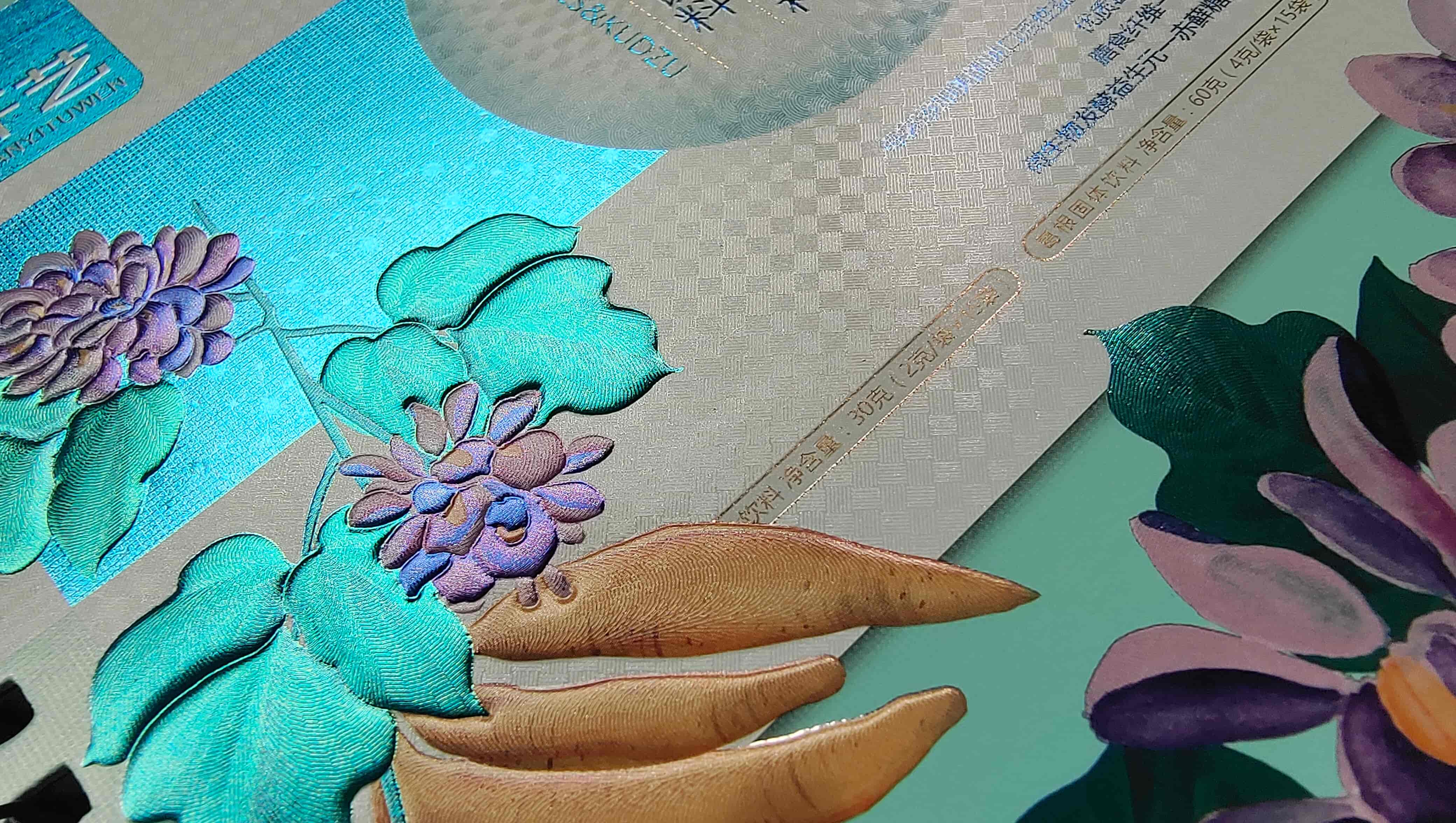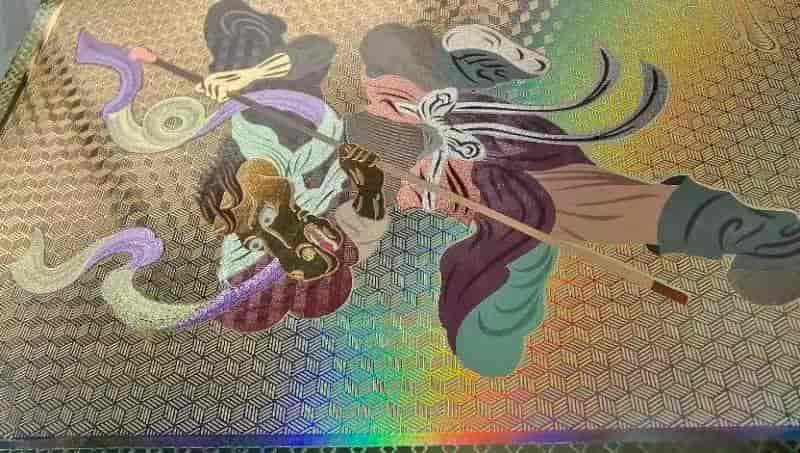Reverse UV Printing vs Traditional: Which Is Better for Paper Box Packaging?
Reverse UV printing is gaining popularity in the world of premium packaging—but is it better than traditional methods? This guide dives deep into how both techniques perform across cost, durability, and design for modern paper box packaging needs.
- What is Reverse UV Printing?
- Why It Matters for Packaging
- Key Differences Between Reverse UV and Traditional Printing
- Surface Application vs. Reverse Layer
- Ink and Curing Process
- Pros and Cons of Reverse UV Printing for Custom Box Packaging
- Pros:
- Cons:
- When to Choose Traditional Printing in Packaging Design
- When Traditional Printing Wins:
- Reverse UV Printing: Best Use Cases in Premium Packaging
- Top Applications:
- Print Quality Comparison: Reverse UV vs Traditional Printing
- Key Points of Comparison:
- Durability and Finish: Which Printing Method Performs Better?
- Cost Considerations: Reverse UV Printing vs Traditional Methods
- Breakdown:
- Is Reverse UV Printing Worth the Investment for Your Brand?
- Conclusion
In the fast-paced world of product packaging, aesthetics and durability play a pivotal role in how a brand is perceived. From cosmetics to electronics, businesses are constantly searching for innovative techniques that deliver premium visual impact and cost-effective production. One such technique—reverse UV printing—is gaining attention for its exceptional finish, especially in custom box packaging.
But how does reverse UV printing differ from traditional printing methods? And more importantly, which one is better suited for your paper box packaging needs?
Let’s explore both processes in depth and see how they compare across quality, cost, and use cases.
What is Reverse UV Printing?
Before evaluating which method is superior, it’s essential to understand what reverse UV printing actually involves.
Reverse UV printing is a process where UV ink is printed on the inside (reverse side) of a transparent substrate like PET or acetate. The image is viewed through the material, resulting in a highly glossy, durable, and vivid surface finish on the visible side of the packaging. Once printed, a layer of white ink or additional coatings may be applied for visual enhancement or opacity control.
This technique is commonly used in window box packaging, where consumers can partially see the product while enjoying premium print quality around the transparent area.

Why It Matters for Packaging
In high-end retail and custom paper box packaging, reverse UV printing offers an excellent blend of aesthetics, protection, and production efficiency.
Key Differences Between Reverse UV and Traditional Printing
While both methods serve similar functions, their technical execution and end results vary significantly.
Surface Application vs. Reverse Layer
In traditional printing, ink is applied directly to the surface of the material. This method is ideal for paperboard and non-transparent substrates. In contrast, reverse UV printing involves applying ink to the back of transparent materials to create a front-facing, high-gloss, smudge-resistant image.
Ink and Curing Process
Reverse UV printing uses UV-curable inks that dry instantly under UV light, ensuring sharper colours and better chemical resistance. In contrast, traditional printing methods such as offset or flexo typically rely on solvent-based inks that take longer to dry and often require additional coatings for durability.
Pros and Cons of Reverse UV Printing for Custom Box Packaging
Choosing reverse UV printing depends on the desired packaging effect, brand positioning, and material choice.
Pros:
- Premium finish with vibrant color reproduction
- Longer-lasting graphics protected behind a transparent layer
- Excellent for window or hybrid materials
- Instant curing process improves turnaround time
- Resistant to scratches and environmental wear
Cons:
- Limited to transparent materials, not suitable for regular cardboard
- Higher initial cost due to complex setup
- Not ideal for high-volume, low-cost production
That said, many premium brands seeking standout packaging turn to reverse UV for added perceived value.

When to Choose Traditional Printing in Packaging Design
Despite the growing popularity of reverse UV printing, traditional methods still have their place.
If you're a paper box packaging manufacturer handling large volumes of standard folding cartons, traditional offset or digital printing may offer better economy and faster throughput.
When Traditional Printing Wins:
- Cost-effective for wholesale box paper packaging
- More versatile across various substrates (paperboard, corrugated)
- Easier to manage in terms of logistics and sourcing
- Ideal for custom box packaging with mass-market focus
Reverse UV Printing: Best Use Cases in Premium Packaging
Reverse UV truly shines in specific applications where clarity, finish, and luxury appeal matter most.
Top Applications:
- Cosmetic gift sets using PET sleeves or window box packaging
- Electronics boxes with clear windows and embedded branding
- Food packaging with display cut-outs and sealed visuals
- Limited-edition promotional kits with decorative overlays
For custom paper box packaging manufacturers catering to high-end sectors, reverse UV adds a layer of exclusivity that sets products apart.
Print Quality Comparison: Reverse UV vs Traditional Printing
From a visual perspective, reverse UV printing almost always yields crisper, glossier images, especially when viewed through PET or acetate.

Key Points of Comparison:
|
Feature |
Reverse UV Printing |
Traditional Printing |
|
Color Brilliance |
High |
Medium to High |
|
Surface Protection |
Excellent (protected ink) |
Moderate (exposed ink) |
|
Smudge Resistance |
Very High |
Moderate |
|
Texture |
Smooth and glossy |
Variable (matte/glossy) |
|
Best Suited For |
Luxury window packaging |
General paper box printing |
If your goal is premium shelf appeal, reverse UV printing is the clear winner.
Durability and Finish: Which Printing Method Performs Better?
Durability is a crucial factor in packaging, especially during shipping, storage, and display.
- Reverse UV printing protects graphics behind a layer of plastic, preventing scratches and color fading.
- Traditional printing may require lamination or varnish to achieve similar resilience.
In high-touch environments such as retail shelves, reverse UV’s protective layering gives it a competitive edge.
Cost Considerations: Reverse UV Printing vs Traditional Methods
Though reverse UV printing offers unmatched finish and quality, it comes with a higher initial cost.
Breakdown:
- Materials: Transparent substrates like PET are more expensive than standard paperboard
- Setup: Reverse printing requires precise registration and specialized UV inks
- Run Volume: Economical for short-to-medium batches, not ideal for long runs
Traditional printing remains the go-to for wholesale box paper packaging, where cost-per-unit is the top concern.
Is Reverse UV Printing Worth the Investment for Your Brand?
The answer depends on your brand’s goals, target market, and packaging strategy.
If you’re positioning your product as premium or luxury, reverse UV printing can elevate your visual identity and perceived quality. It also creates tactile and visual impact that traditional printing methods may not deliver.
However, for budget-sensitive projects or mass-market distribution, traditional printing methods still provide reliable performance and versatility.
Conclusion
Whether you're aiming for luxury or efficiency, both printing methods have their place in the packaging world. Reverse UV printing is ideal for brands seeking high-end finishes, vibrant visuals, and added durability, especially in window box packaging or transparent applications. Meanwhile, traditional printing continues to serve as the backbone of custom paper box packaging for general commercial needs.
If you’re exploring custom packaging solutions tailored to your brand vision, WinPack Printing brings over a decade of experience, world-class equipment, and unmatched flexibility.
👉 Visit www.winpackprinting.com to learn more.





Rigid Magetic Boxes
Can I order a sample of my packaging box?
Yes, we strongly recommend that you do so, we provide a variety of sample types to meet different usage situations and help you guarantee the best results!
What are the wholesale pricing options for bulk orders?
We offer competitive wholesale prices for bulk orders. Please contact our sales team for more details
About Printing Craftsmanship
What are eco-friendly printing options?
Vegetable-based inks instead of petroleum-based inks.
Recycled paper or sustainably sourced materials.
Water-based coatings instead of harmful chemical coatings.
Digital printing to reduce waste and energy consumption.
How does UV printing work?
UV printing uses ultraviolet light to cure ink instantly, resulting in vibrant colors, water resistance, and high durability. It is commonly used for packaging, signage, and promotional items.
Folding Boxes
Can you provide me with a die-cutting line template?
We will provide a die-cutting line template after you place an order for samples or products.




Start Your Packaging Journey Today
Discover Our Curated Collection of Bespoke Packaging Cases & Tailored System Solutions
© 2025 WINPACK PRINTING. All rights reserved

























Wenhua Printing packaging
winpackprinting
Winpack Printing